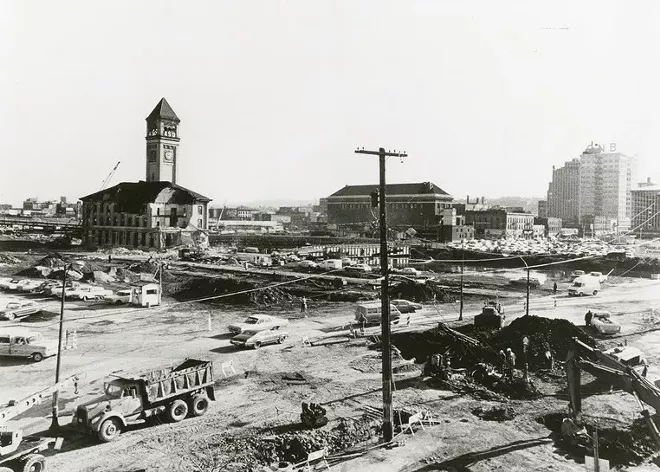
The Spokane River has been drawing people to its power for millennia. A fishery and gathering place for native tribes, the Spokane Falls were also what attracted James Glover to start a settlement here. Falling water was a key element to any successful Western outpost, as it could power mills and generate electricity.
Early city leaders hired the Olmsted Brothers to advise them on how to create a world-class parks system. In their 1913 report, the legendary landscape architects saw beauty where settlers saw utility, writing that "nothing is so firmly impressed on the mind of the visitor to Spokane ... as the great gorge into which the river falls."

While the report did result in a lot of great parks, when it came to the river, Spokane pretty much ignored the Olmsteds' advice. In the decades to come, a tangle of railroads and industrial uses grew up unabated along its banks; the river more or less an open sewer. The blight was impossible to ignore.
When the efforts at urban renewal that would turn into a world's fair started in the 1960s, those old ideas started making sense again. So the overriding goal of the entire Expo effort — the linchpin that created consensus and gave it momentum — was to reveal the Spokane River and its spectacular falls.
